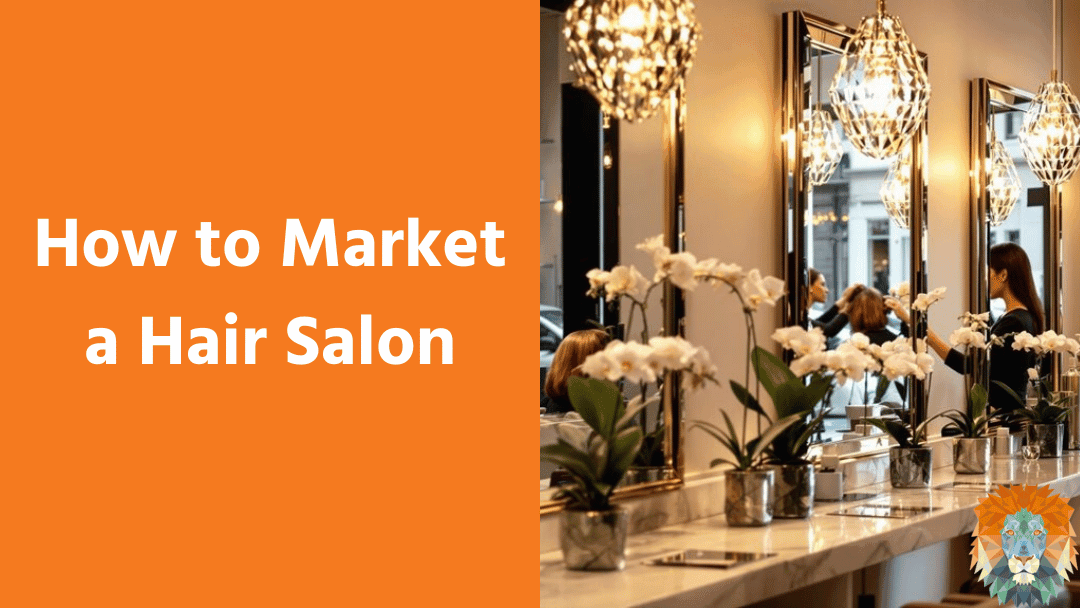When you’re looking to invest in a new product or service, what’s the first thing you do? You probably go and look up the problem you’re having online, and find out all the different ways it can be solved. The internet has fundamentally changed the way buyers approach purchasing decisions, and now customers are more likely to research you and your product thoroughly before they even get in touch with you.
So if you want to attract and convert more customers, you need to provide them with information, and proof that you’re the best at what you do.
That’s where case studies come in.
What Is A Case Study?
A case study is a piece of marketing material, usually a page or two in length, that looks specifically at your work with one client. It’s designed to help you promote your business by showing how your product or service has helped a customer in the past. They are much more specific than web pages or blogs, and allow you to give real-world examples of your products or services in action.
Think of case studies as telling the story of a customer’s journey with you, and the benefits you’ve been able to provide. They are a commonly used marketing tool for many businesses, and odds are you’ve probably seen a case study yourself before (maybe even numerous times)—even if you didn’t realise it at the time. For example, Microsoft Teams are currently running adverts to promote their service during Covid-19, and they are doing it by showcasing how two of their clients—Clifton Coffee roasters and Monopoly—are using their service to adapt their business around Covid regulations. Sure, it’s in video format, but it’s still a case study.
Why Bother Writing One?
Because they are one of the most powerful pieces of marketing collateral you can have. By telling the story of your client’s journey, you can evoke emotions in prospective customers, and give them a way to put themselves in the role of client and see how you actually work. And because we connect with stories, they are one of the best ways to connect with customers.
On top of that, studies have shown that case studies are a very successful way of converting prospects into customers. In fact, 62.6% of business owners say that using case studies increased the number of leads coming into their business, while consumer surveys showed that case studies rank as the third most influential content marketing type for businesses, both large and small. So not only are they a great way to connect with your customers, but they are one of the most persuasive types of marketing you can invest in.
Using A Case Study In Your Marketing
Of course, once you have your case study, you need to know how to use it. Because just publishing it on your website won’t achieve the results you want. Instead, you need to use your case study as part of a campaign. Here are a few ways you can do this:
As a direct conversion tool:
One of the most effective ways you can use case studies is within the sales cycle. If you have a prospect who is on the fence about using you, having a case study on the product or service they’re buying can be the nudge they need to trust in you and commit. By accessing a case study, they are able to actively compare their situation to the one in your case study, and see just how well your solution could work for them. These work best as an independent PDF, with one case study covering each of your core services for maximum impact.
On your website:
Having a web page exclusively for your case studies gives prospects a place to read through your case studies and see your results for themselves before they commit to buying from you. Case studies are the ultimate social proof, so make sure you clearly label this page and make it easy to find.
Use them everywhere:
And by that, we don’t mean plaster them everywhere and leave it at that. We mean break down your case studies into other forms of marketing, so you can spread that message as far as possible and maximise your reach. For example, you can write blog posts about your case studies, turn them into individual videos (which are even more engaging for prospects), and use some of the best quotes on social media to draw people in.
Top Tips For Writing Your Own Case Studies
Understand what you want to achieve:
First and foremost, you need to understand what you want to achieve out of the case study. Do you want to highlight a specific issue your client had because it’s a common issue among your clients? Do you want to use it as a more general promotional piece? Or are you looking to emphasise how your solutions work in a specific industry? Knowing what you want to achieve will help you ask the right questions of your client, and focus on the right areas when writing the case study.
Have someone else interview your client:
It sounds like an odd one, but in reality, your clients are going to be a lot more open about your services to someone who isn’t you. It’s always awkward to get the basic details you need for a case study when you’re interviewing your own client because there is a baseline of assumed knowledge there, so they tend to skip over the details. And while you can fill in the blanks, you really want their view on everything that happened. It also means you get a fresh perspective on your services, and your client is much more likely to say lovely things about you. So either get someone else in your business who hasn’t worked with the client, or hire someone to do an interview with your client to get the best results.
Record the interview:
Whether you do it yourself or use someone else, try to make sure the interview is recorded. This is a logistical thing—even the quickest typist in the world can’t keep up with human speech, so unless you’re recording, you’re likely to miss things. When you’re trying to capture what your client is saying about your service, accuracy is crucial. It also means you can focus on the conversation (rather than writing things down), so you can ask the right questions and draw more useful information out of your interviewee; making the most out of their time and adding the most value to your case study. When you’re done, the audio file can be transcribed and it’ll be a simple job to pick out the parts you want to use for the case study.
Get the structure right:
All good case studies should tell a story, and so the best way to structure them is by using a narrative arc. So you start with Act 1—an introduction to the company (the protagonist of the story), followed by an ‘inciting incident and rising action’— which is the problem they were trying to solve and what drove them to seek your help. You then move into Act 2. This is where you introduce your solution, the process you went through to create and implement the solution, and why it effectively solved the client’s problems. This section is usually fairly focused on the benefits of your solutions. Make sure you include quotes from your client throughout to demonstrate the project and partnership’s success—and how happy the client is with your work. Act 3 is all about the results the client saw once your solution was in place. Again, you want to include quotes here, but also lean heavily on any hard data you have to hand. Any statistics showcasing exactly how well your solution worked are going to be very effective here. Finally, Act 4 sums everything up, and provides a call to action for the reader. Broken down, the structure of your case study should look like this:
Problem > Solution > Result > Conclusion.
Looking for More Info on Case Studies?
Case studies are just another way you can communicate with your clients through content marketing, and that’s where we come in! At Lion Spirit Media our team of experts can not only craft you compelling case studies, but we can weave them into your wider marketing strategy. With our help, you can get the most out of every word, and convert even more prospects into sales with your great content. If you’d like to find out more, just get in touch with the team today.




0 Comments